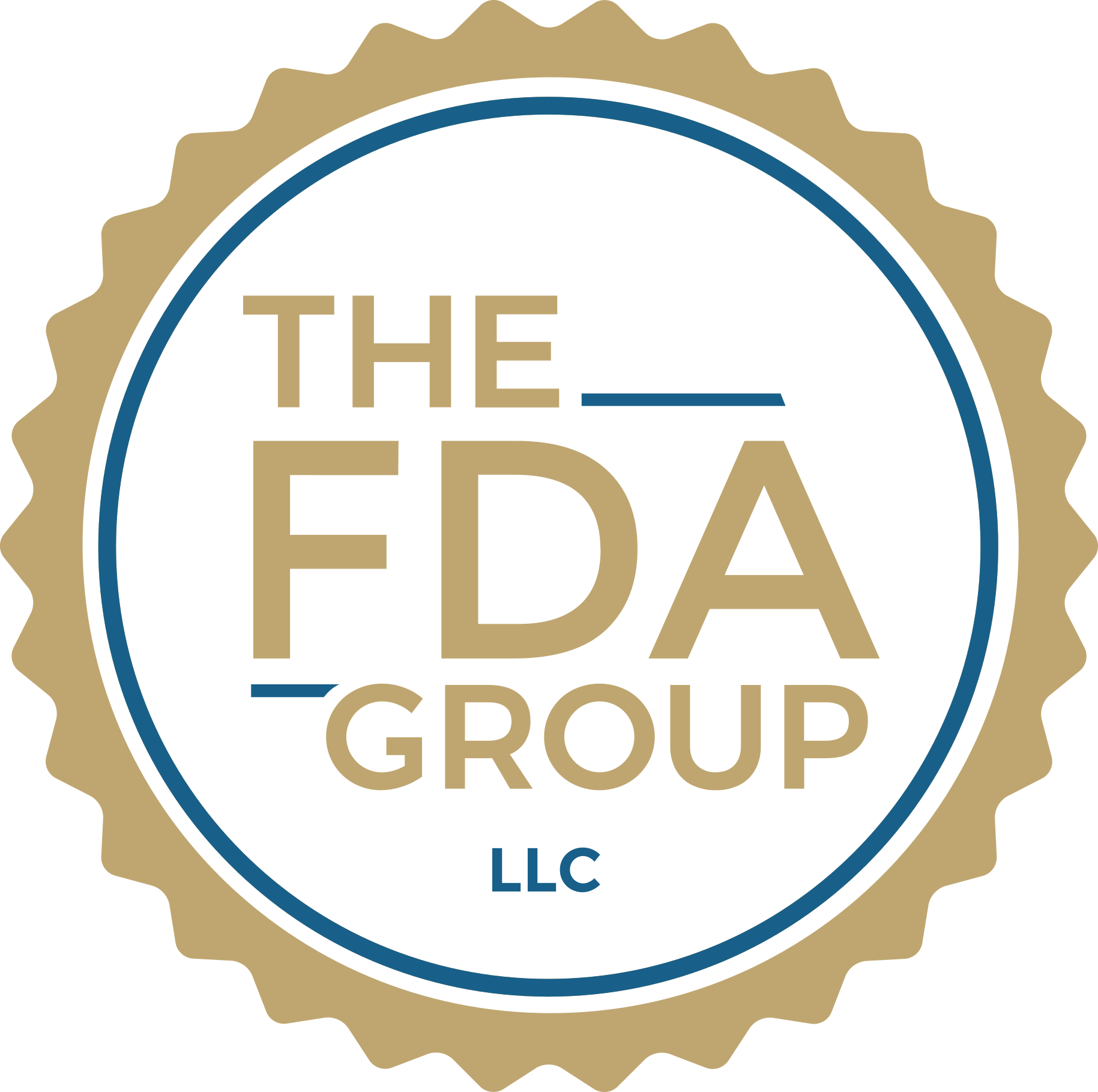
Phil was having a horrible morning at the office. The recent inspection by the FDA had been stressful, but it was nothing compared to the letter that his administrative assistant had put in his office mailbox.
The letter now lay on his desk next to the FedEx envelope in which it had come, and the ominous title glared at him: “Warning Letter.”
He looked the letter over. It detailed all the violations that the inspector had found and told him the he needed to fix them and respond to the FDA within fifteen business days. He had been aware of the inspection’s findings and had been working to resolve the issues, but seeing them in the letter made them all more real.
He look out of the window of his corner office, saw the vast skyline spread out before him, and sighed. “What am I going to do about this?”
The previously mentioned scenario is one that most pharmaceutical executives want to avoid. However, it can happen to almost any company, even some of the major pharmaceutical manufacturers.
The experience can be unsettling; however, pharmaceutical executives must remember that the Food and Drug Administration (FDA) is not required to issue a warning letter before taking legal actions. In fact, when determining whether to issue a warning letter, the FDA considers whether the personnel at the pharmaceutical company are likely to correct the issues willingly.
As such, if they have issued a warning letter, they believe that the executives at the company are likely to resolve the issue voluntarily. Therefore, pharmaceutical executives must realize that a warning letter is actually an opportunity to fix the problems. As such, it is important that executives at these companies know how to remedy the situation.
Types of FDA Warning Letters
The FDA can issue these types of warning letters: tobacco retailer warning letters, general FDA warning letters, and drug marketing and advertising warning letters, which can include untitled letters to pharmaceutical companies.
Of these, the two that are most relevant to pharmaceutical executives are sales representatives and general FDA warning letters and drug marketing and advertising warning letters.
1. General FDA Warning Letters
The FDA issues general warning letters whenever they or a designee discover that a company has significant violations to their regulatory policies.
The FDA can base this letter on issues that they or designees, such as a state inspector, found during an inspection to the letter, they will explain what the violation is, inform the personnel at the company that the problem needs to be fixed, discuss what needs to be fixed, and provide a timeline for fixing the violation (usually within fifteen working days).
2. Marketing and Advertising Warning Letters
Executives at pharmaceutical companies and sales representatives may also encounter marketing and advertising warning letters, which are issued by the Center for Drug Evaluation and Research Freedom of Information Office. These letters are issued whenever the FDA finds that the advertising materials make misleading claims.
For instance, the FDA might issue a marketing and advertising warning letter if it finds that the materials do not adequately discuss the risks. They may also send electronic letters to online pharmaceutical retailers who may be engaging in activities not in compliance with the FDA’s standards.
These letters usually provide a background and discuss any overstatements of efficacy and any false or misleading claims found in the materials. They will also state why the materials are in violation of the FDA’s regulations. As with general warning letters, they provide a timeline for resolving the issues and ask the recipient to respond by a certain date.
How to Fix the Issues Raised in Warning Letters
In order to remedy the issues raised by the FDA, executives should take the following steps:
- Assess the items in the letter and determine the root cause.
- Develop action plan to remedy issues if one has not been developed. If a plan has been developed, modify it accordingly.
- Have a high-level person in the quality group prepare a written response to the warning letter.
- Have other people not involved with the inspection review the letter.
- Ensure that personnel in high-level management are carbon copied when the letter is sent.
The response letter should contain an opening statement that discusses how the company is serious about resolving the issue, what the date of the inspection was, and what the address of the site was.
The letter should also include a context for the situation, a restatement of the observation and the reference number, and a discussion of any related operations that were compliant.
Other content in the response letter depends on whether corrective actions have been taken yet and how long the corrections would take. For instance, if the corrections would take several months, the letter should include what measures personnel are going to take to be compliant in the interim. If corrections have
Have you received a warning letter and need help ? - Get in contact with us.

